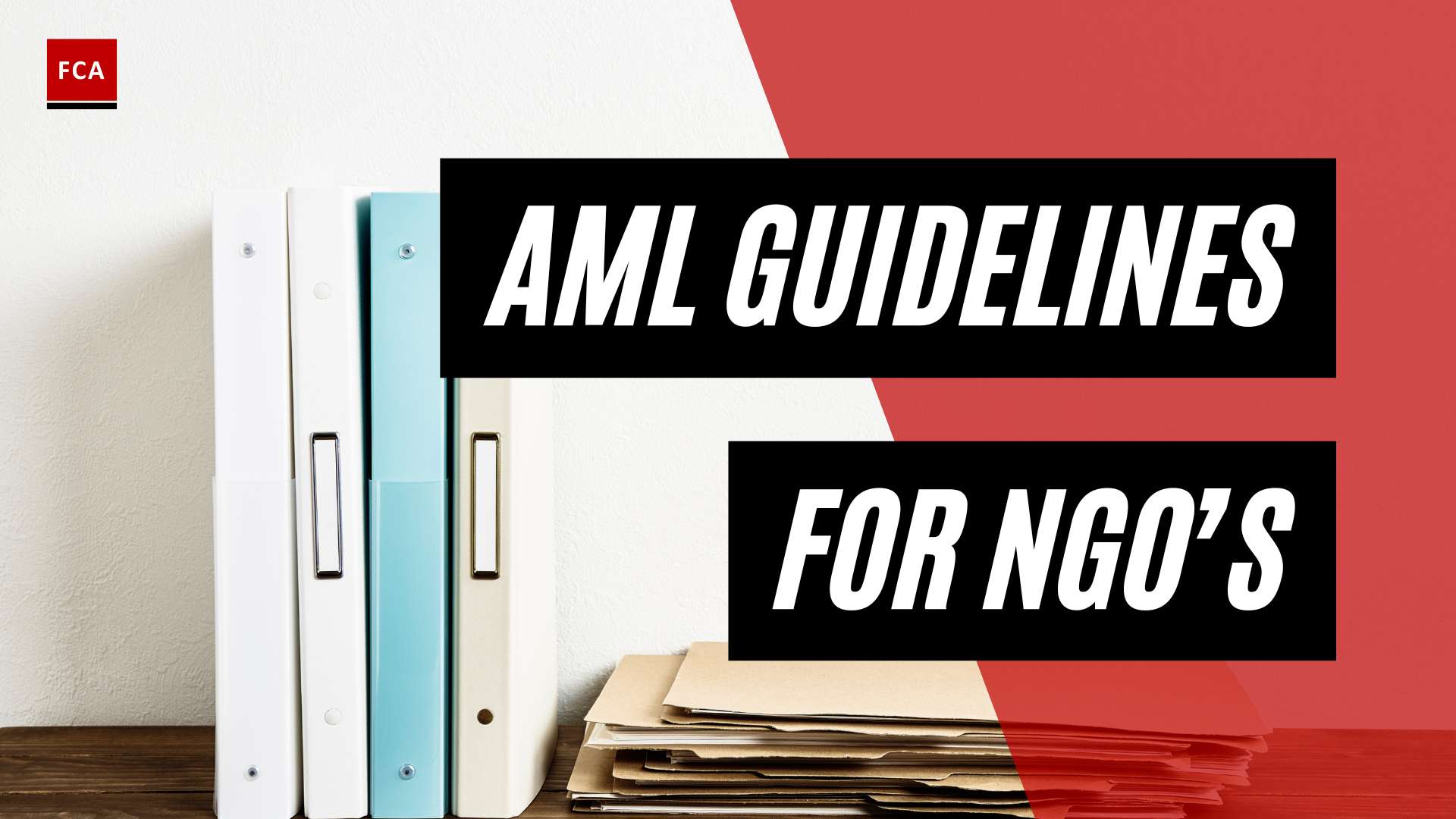When there are transactions under investigation, conducting a thorough review of each transaction is essential. This review process involves analyzing various data points, such as the transaction amount, timing, parties involved, and location, to identify any potential red flags.
The compliance investigation team starts the investigation through appropriate transaction investigation research and planning. Research highlights the potential money laundering and terrorist financing risks inherent in the transaction, based on which the off-site analysis is performed to obtain available transaction-related shreds of evidence,
Usually, the AML system provides the history of customers’ transactions and the detail of the transaction under investigation, such as initiator and beneficiary of the transaction, the amount involved, source of funds, type of transaction, currency involved, apparent transaction purpose, and the basic risk profile of the customer established by the institution.

Review of Transactions under Investigation and Linking with Evidence and Risk Profiles
The off-site evidence is then analysed in detail and the risk profile of the customer is matched with the evidence. The pattern of deviation from the risk profile is observed and noted for further inquiry and investigation. Internal policies and procedures are also referred to identify possible regulatory breaches.
Policies referred to include the operations policies, customer transactions policy, prohibited transactions policy, anti-money laundering and countering the financing of terrorism policy, remittances policy, etc. These policies may highlight allowed and not-allowed transactions, and other transaction-related applicable regulatory requirements, which are then matched with the transaction under investigation. Possible regulatory breaches are noted and added to the list for further investigation.
Customer risk profiles are checked in detail and it is ensured that updated customer risk profiles are used for linking with transactions or history of transactions. In case the customer risk profile is found not updated, then the customer’s risk profile is then asked to be updated by obtaining information from the customer. The customer provides updated information to the institution, based on his or her current activities and status, which is then used to update the customer’s KYC information in the AML system.
In case the updated KYC information is found correct and after necessary verification, if it is matched with the transaction under investigation, and it is ensured that regulatory breaches or other possible complications are not involved, then the compliance investigation team closes the investigation with appropriate justification and reasons for the conclusion.
In case the KYC information is updated and it does not match with the transaction under investigation, the compliance team prepares for further detailed investigation, which may involve discussion with other officers in the institution who onboarded the customer, and checking the customer files and records. To investigate, customers’ previous transactions pattern is observed and analyzed, to identify the trends in previous transactions, such as amounts, beneficiary, initiators, source, purpose, etc.
This evidence is used to develop an approach for further evidence to be gathered, and it might be the possibility that all previous transactions are found to match the customer’s risk profile and no suspicion is observed. The purpose of checking previous transactions is to know the scale of a possible problem and the previous unidentified ML/TF risks or activities in the customer’s account.

The customer is contacted by the institution to obtain necessary information about the transaction, and the customer is obliged to provide the relevant and required information. All evidence is then gathered and compiled. The evidence needs to be compiled in a meaningful form, to enable smooth and appropriate investigation, including linking with the customer’s risk profile.
The compliance team needs to ensure that apparent or hidden ML/TF risks are identified from evidence, therefore a thorough review is performed after the compilation of all necessary and required data or evidence. Compliance team checks, if the customer is a high-risk category customer, such as a politically exposed person (PEP), or any other type of high-risk customer.
If the customer is a high-risk then detailed or enhanced investigation measures are taken, where detailed scrutiny of the transaction, and risk profiles, are performed and more shreds of evidence are gathered about the customer and transaction. This may involve performing media searches, and checking news portals, sanctions lists, and other available information sources, to establish the possibility of customers’ links with criminals. The evidence from these searches is made part of the overall evidence previously gathered.
When all possible sources of evidence are used necessary evidence is obtained, then the compliance team prepares the facts sheet and report for further review by Money Laundering Reporting Officer (MLRO) or Compliance Head, who reviews the file and may require further information and clarification based on the knowledge and experience they have in the transaction investigation. The compliance team then obtains the required information and provides it to the MLRO or compliance head for review and necessary feedback.

MLRO or compliance head may discuss the transaction with the compliance committee, if the transaction is suspicious, and takes a decision to file a suspicious transaction report with the regulator. Before taking such a decision, it is the responsibility of the MLRO or the Compliance Head to thoroughly review the transaction and gathered evidence, in light of applicable laws and regulations, therefore there might be the possibility that legal consultation is made to obtain a legal opinion.
The compliance team and the MLRO need to ensure that the whole investigation process is performed in a confidential and that only authorized persons are involved in the process of transaction review and evidence gathering process.
Final Thoughts
The transaction investigation process is a multi-layered and meticulous approach used to prevent illegal activities like money laundering and terrorist financing. It begins with research and off-site evidence collection, which informs the subsequent analysis, seeking to match evidence with customer risk profiles. Various operational and regulatory policies guide this analysis, flagging potential breaches for further investigation. Regular customer risk profile updates form a critical part of the process, along with the need for any deviations to be probed further.
Previous transaction patterns and ongoing customer communication aid in the collection and comprehension of evidence, particularly when potential risks are identified. In the event of high-risk customers, enhanced investigation measures are employed, involving external data sources. The final review by the Money Laundering Reporting Officer (MLRO) or Compliance Head potentially leads to filing a suspicious transaction report with the regulator. Throughout this process, confidentiality remains paramount, emphasizing the importance of transparency, diligence, and adherence to regulatory requirements in maintaining the integrity of financial systems.








